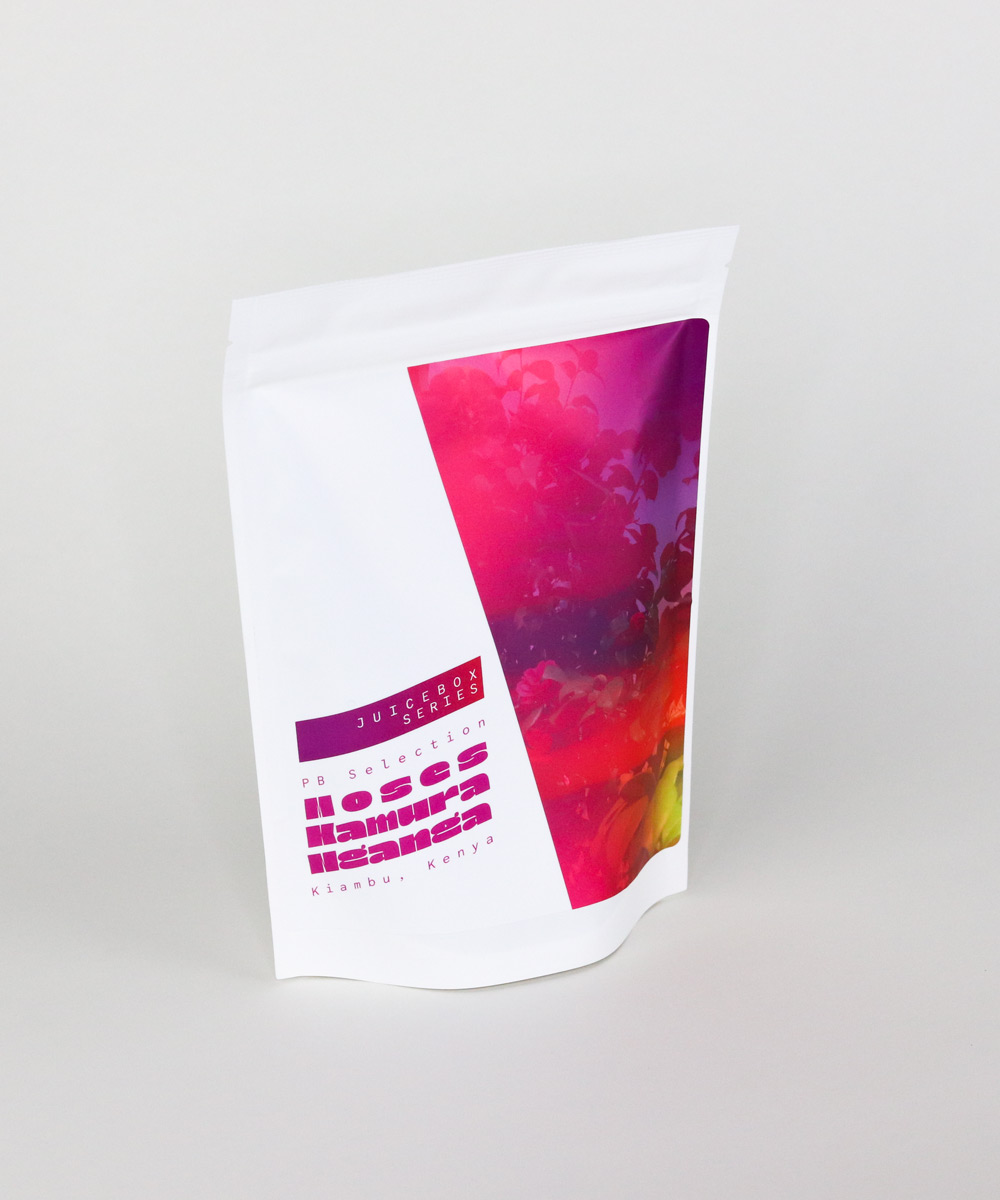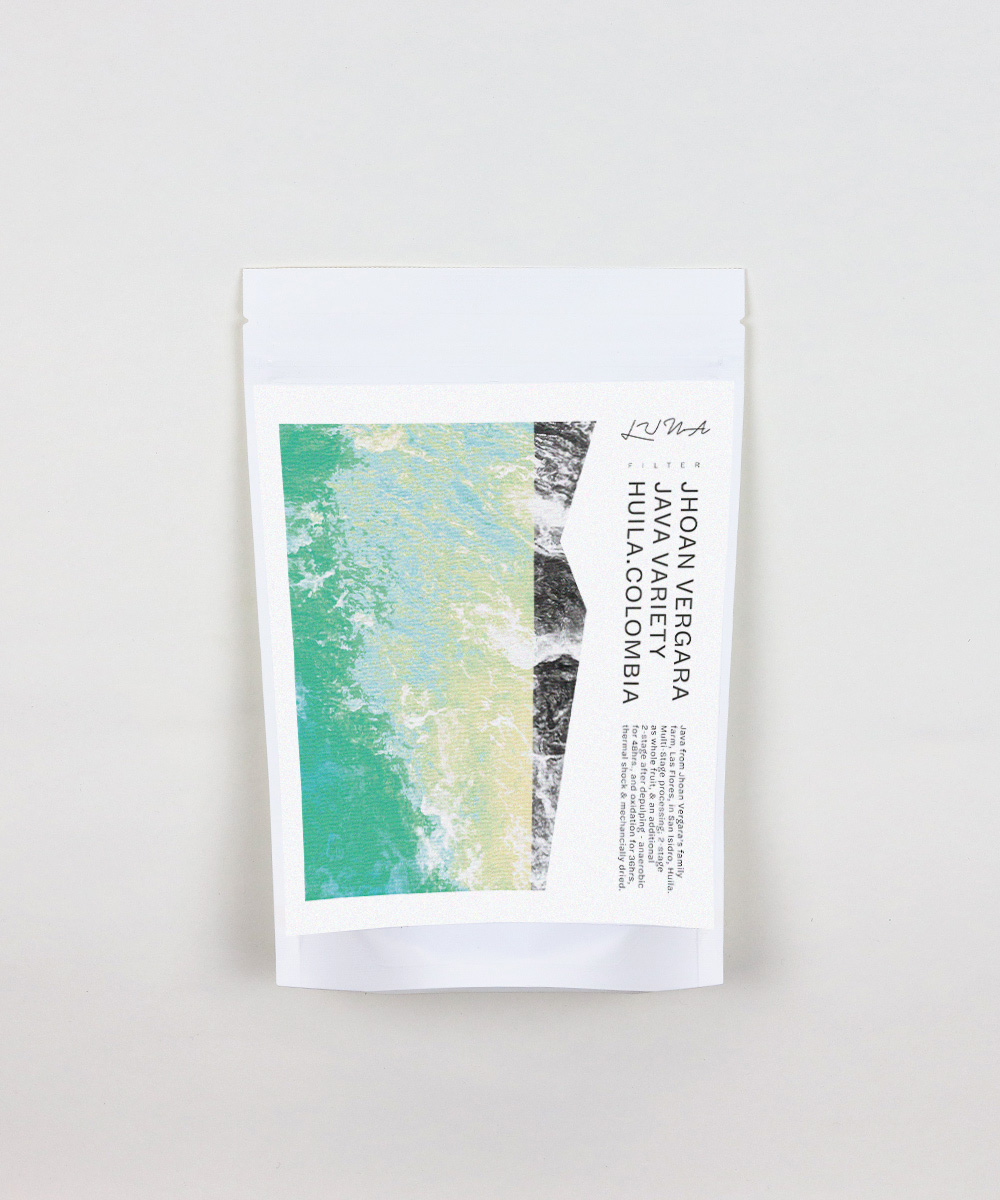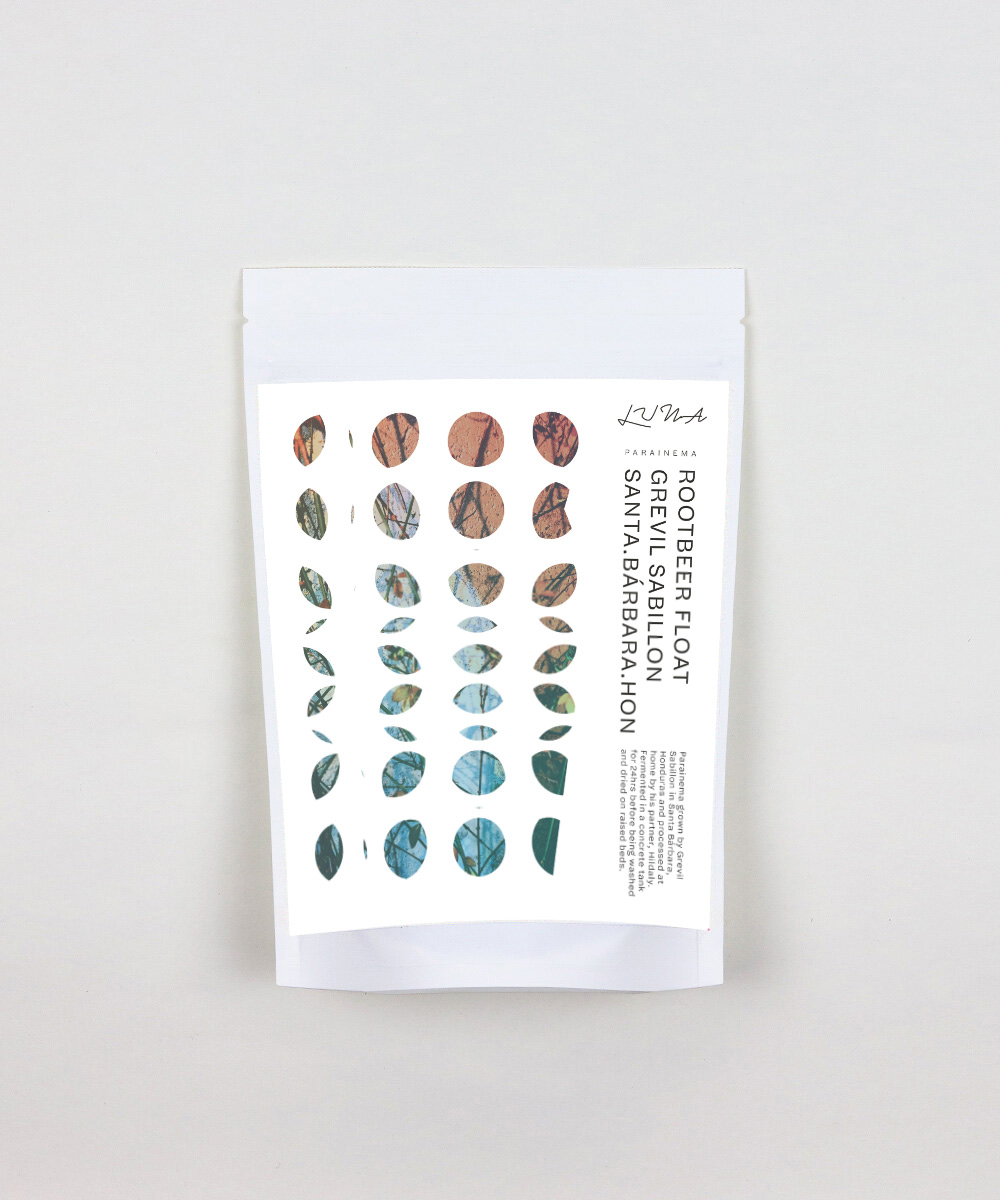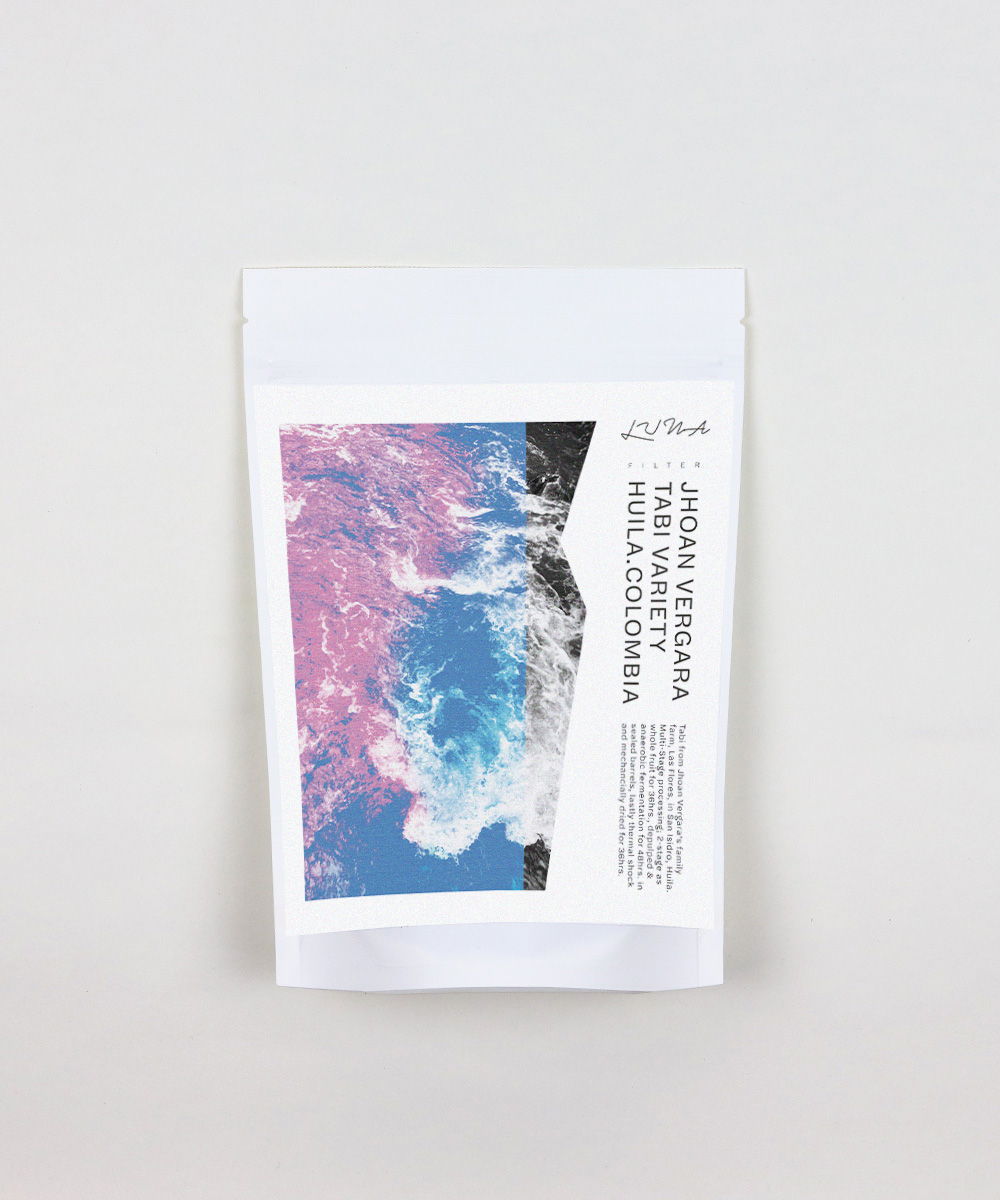Juicebox Series – Moses Kamura Nganga PB, Kiambu, Kenya
US$19.00
Out of stock
Soft and buttery with flavours of rose, red berries and tree tomato, this washed process peaberry separation from Moses Kamura Nganga, who owns Gifted Estate – Where he and his family grow SL28, SL34, and Ruiru 11 on a small 9 acre plot in Gatundu, Kiambu County, Kenya.
250g. of delightful coffee
Quick Details
Producer: Moses Kamura Nganga
Farm Name: Gifted
Origin: Gatundu, Kiambu County, Kenya
Varieties: SL28, SL34, Ruiru 11
Screen Separation: Peaberry
Processing: Washed
Tasting notes: rose, red berries, and tree tomato
Exporter: Kenyacof
Importer: Sucafina
Harvest: Nov-Dec 2019
Backstory
Moses Kamura Nganga is a small farm owner and grows primarily SL28 in Kiambu Kenya. He’s someone who had previously delivered coffee fruit to a co-op local to him, but he is one of many growing disenfranchised with his and his family’s hard work literally getting blended with so many other deliveries. Commodification and erasure come to mind. Not great.



